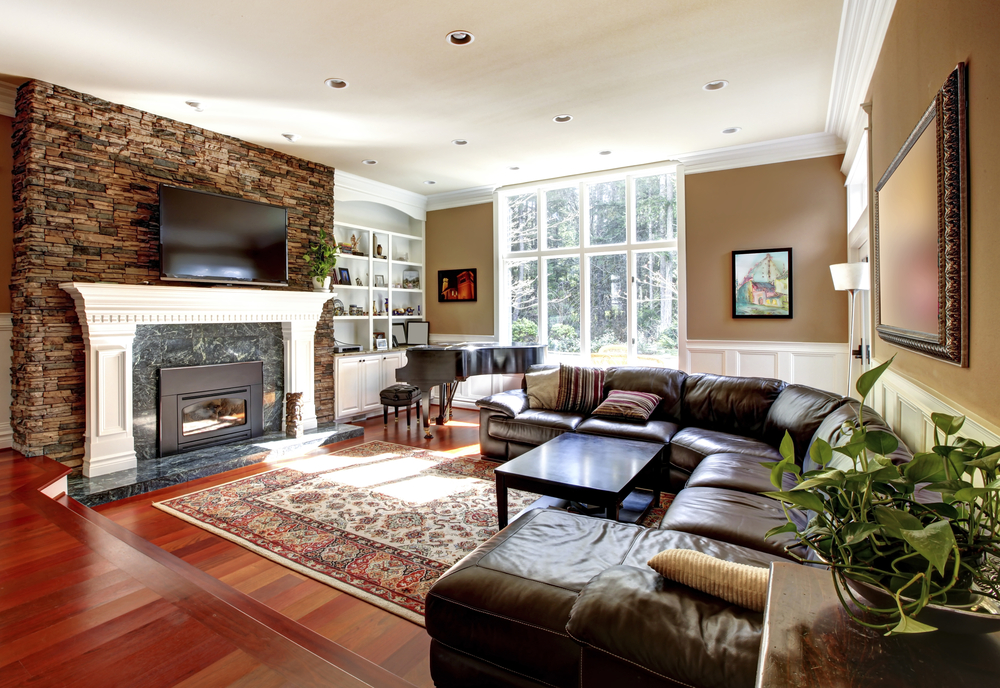Fixed-Rate Mortgages: What You Need to Know
Fixed-rate mortgages are the chicken soup of home loans. In an uncertain world, they stand out for their comforting reliability.
Today, a fixed-rate mortgage is nearly every borrower’s choice. In July 2017, 87% of mortgage purchase applications were for 30-year, fixed-rate loans, and 94% of all mortgage purchase applications were for fixed-rate loans, according to data from the Mortgage Bankers Association.
Until the Great Depression, most mortgages were adjustable, lasting just five years before they were refinanced or paid off. After large numbers of homeowners lost their homes to foreclosure, the federal government launched efforts to make fixed-rate mortgages available, says Susan Wachter, the Sussman professor of real estate and finance at the Wharton School at the University of Pennsylvania.
Fixed-rate mortgages are stable
Fixed-rate loans, thanks to their predictable, affordable payments, have stabilized home borrowing and protected families from being priced out of their neighborhoods, Wachter says. “It is a form of insurance, in fact, for the home, for your family, your job,” she says.
» MORE: Find the best mortgage rates
How fixed-rate mortgages work
A fixed-rate mortgage has an interest rate that’s constant for as long as you have the loan. It’s fully amortizing, meaning that the principal and interest that you owe your lender are fully paid off when the loan ends. Part of each monthly payment repays some interest. The rest pays down your principal.
In a loan’s early years, most of the payment goes to interest; eventually, most goes to principal. This simplicity contrasts with the complexity of an adjustable-rate mortgage, which features a changeable interest rate and many variations on loan terms and payments.
» MORE: Comparing adjustable rate and fixed rate mortgages
Mortgage choices
These days, mortgage shoppers have options for mortgages, based on:
- Interest rate. Besides fixed-rate mortgages, you’ll find adjustable-rate (or floating-rate or variable-rate) loans, although they are less common. Other types include interest-only, negative-amortization, pay-option and balloon-payment mortgages. These are used infrequently if at all.
- Term. The loan’s term is the length of time you’ll borrow the money. The most-common fixed-rate mortgage terms are 30 years and 15 years. The 20-, 10-, five- or three-year fixed-rate loans are harder to find.
Here’s what affects your mortgage rate
The interest rate on your mortgage is determined by a handful of factors. According to the Consumer Financial Protection Bureau, the factors include:
- Loan size. Mortgages smaller and larger than ordinary are more expensive.
- Location. Prices vary somewhat by region.
- Your credit score. Your score has a big impact since lenders associate a higher score with lower risk.
- Term. The term also affects a lender’s perception of risk. Longer-term loans often have higher interest rates than shorter ones.
- Type of mortgage. Rates are slightly lower on mortgages insured by the Department of Veterans Affairs and Federal Housing Administration compared with loans that are not backed by the government.
- Down payment. Lenders may reward a higher down payment with a lower interest rate.
- Type of interest rate. ARMs typically start with lower rates than fixed-rate mortgages. The rate can rise or fall after the introductory period based on market forces.
Pros of fixed-rate mortgages
- Predictable. The payment is unchanging (although if property tax and home insurance payments are included your payment may vary).
- Simple. Fixed-rate mortgages are easier to grasp, making shopping easier.
- Safe. Whether your job disappears, you get a divorce or the economy slumps, your mortgage payment stays the same.
- Buy more home. Fixed-rate loans typically lower payments by stretching the mortgage over 30 years, allowing borrowers to qualify for a bigger loan.
Cons of fixed-rate mortgages
- Inflexible. When interest rates are dropping, you can’t enjoy savings unless you refinance.
- Potentially more costly. An ARM could be cheaper if you expect to sell the home or refinance the loan before the low-rate introductory period ends.
- Higher rates. Rates are higher than in the introductory phase of an adjustable loan, but ARM costs rise later.
- Pay more interest. Long-term fixed-rate loans cost lots in total interest.
The article Fixed-Rate Mortgages: What You Need to Know originally appeared on NerdWallet.


